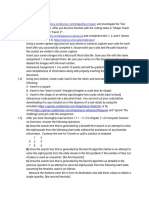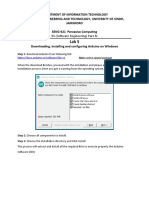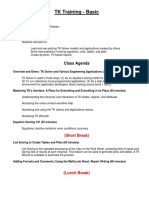0% found this document useful (0 votes)
22 views15 pagesCp-I - Chapter 4 Notes
This document covers Object-Oriented Programming (OOP) concepts in Python, including classes, objects, methods, inheritance, polymorphism, and encapsulation. It explains key features such as message passing, reusability, delegation, data abstraction, and containership with practical examples. The content is structured to provide a comprehensive understanding of OOP principles and their implementation in Python.
Uploaded by
sanskarrewale2012Copyright
© © All Rights Reserved
We take content rights seriously. If you suspect this is your content, claim it here.
Available Formats
Download as PDF, TXT or read online on Scribd
0% found this document useful (0 votes)
22 views15 pagesCp-I - Chapter 4 Notes
This document covers Object-Oriented Programming (OOP) concepts in Python, including classes, objects, methods, inheritance, polymorphism, and encapsulation. It explains key features such as message passing, reusability, delegation, data abstraction, and containership with practical examples. The content is structured to provide a comprehensive understanding of OOP principles and their implementation in Python.
Uploaded by
sanskarrewale2012Copyright
© © All Rights Reserved
We take content rights seriously. If you suspect this is your content, claim it here.
Available Formats
Download as PDF, TXT or read online on Scribd
/ 15






























































































